Discover the wonders of the African Savanna with these 10 fascinating facts. From the diverse plants that thrive in this vibrant ecosystem to the changing seasons that shape its landscape, there is so much to learn and appreciate about this unique habitat. Delve into the dangers of farming and overgrazing, and the importance of protecting endangered species that call the savanna home. Join us on an exploration of this enchanting region, where wildlife researcher and nature enthusiast share their insights and experiences.
Key Takeaways:
- The African savanna is made up of diverse ecosystems that form a unique mosaic.
- The savanna has its own distinct climate, contributing to its rich biodiversity.
- The Great Migration is a natural spectacle that takes place in the savanna.
- Fire plays a crucial role in maintaining the savanna’s ecosystem.
- Humans have inhabited the savanna for thousands of years.
- The savanna is characterized by a variety of grasses.
- Conservation efforts are underway to protect the savanna and its wildlife.
- Recognized as Africa’s breadbasket, the savanna is vital for agricultural production.
- The savanna is home to a wide range of fascinating wildlife.
- The savanna showcases the delicate balance between predator and prey.
10 Interesting Facts About the African Savanna
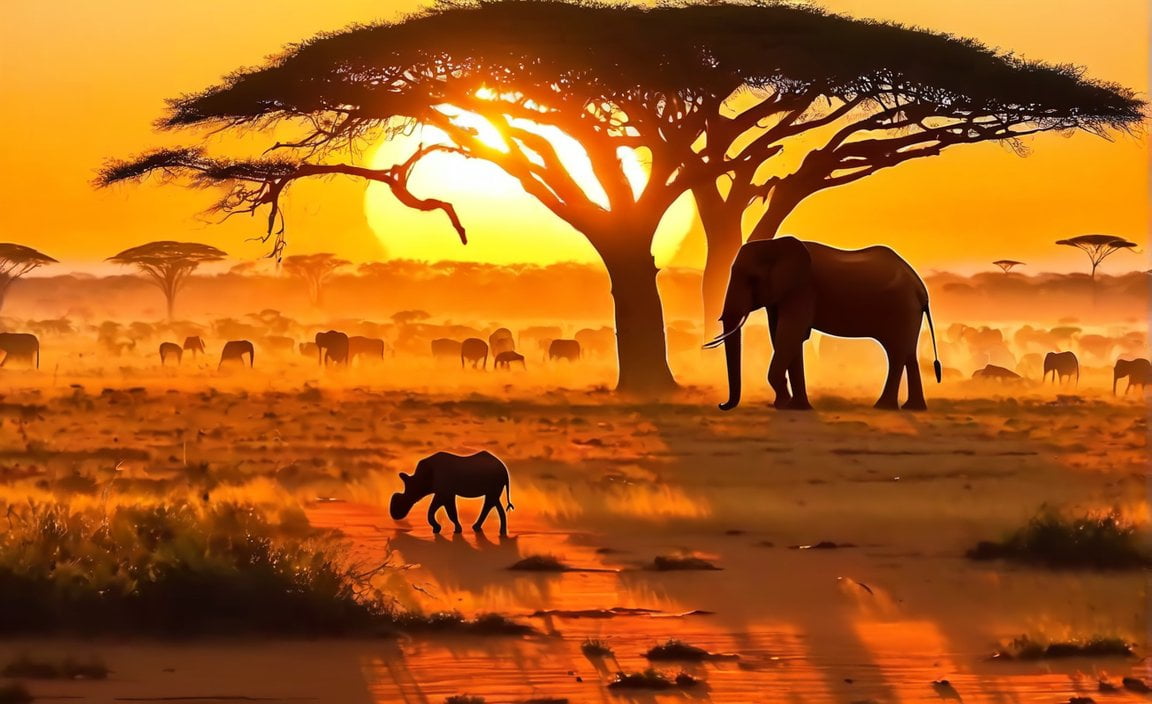
The African savanna is a captivating habitat that showcases the beauty of nature in its purest form. From its diverse wildlife to its unique climate, there is much to discover and appreciate about this incredible ecosystem. Here are 10 fascinating facts that will give you a glimpse into the wonders of the African savanna.
1. A Mosaic of Ecosystems
Contrary to popular belief, the African savanna is not a homogeneous landscape, but rather a patchwork of diverse ecosystems. From vast grasslands to dense woodlands and expansive wetlands, each area within the savanna presents its own unique characteristics and supports a wide variety of plant and animal species.
2. A Climate of Contrasts
The savanna experiences distinct wet and dry seasons, making for a climate of contrasts. During the dry season, the grasses turn golden brown, while the wet season brings lush greenery and abundant water sources. This cycle of seasons shapes the ecosystem and dictates the behavior of its inhabitants.
3. The Great Migration
One of the most awe-inspiring natural phenomena that occurs in the African savanna is the Great Migration. Millions of wildebeest, zebras, and other herbivores embark on a treacherous journey in search of food and water. This epic spectacle is a testament to the adaptability and resilience of wildlife in the savanna.
4. Fire as a Natural Force
Fire plays a crucial role in the savanna ecosystem. It helps to regenerate grasslands, control the growth of certain plant species, and promote the germination of seeds. Despite its destructive nature, fire is an essential component in maintaining the balance of the savanna.
5. A Historical Home
Humans have called the African savanna home for thousands of years. Indigenous communities have lived in harmony with the natural environment, relying on its resources for sustenance and cultural practices. Their profound knowledge and respect for the savanna contribute to its preservation.
6. Grass Diversity
The savanna is not just a sea of grass but a diverse tapestry of different grass species. Tall grasses, short grasses, tufted grasses, and more create a varied landscape that supports the entire food chain. Each grass species has unique qualities that contribute to the ecosystem’s resilience.
7. Conservation Efforts
Recognizing the importance of preserving the savanna’s biodiversity, conservation efforts are being made to protect this fragile ecosystem. National parks, private reserves, and collaborative initiatives work towards sustainable tourism, anti-poaching measures, and community engagement to ensure the savanna’s survival for future generations.
8. Africa’s Breadbasket
The savanna is often referred to as Africa’s breadbasket due to its agricultural significance. The fertile soils and favorable climate make it ideal for cultivating crops such as maize, wheat, and rice. This agricultural productivity supports local communities and contributes to the region’s food security.
9. Rich Wildlife Diversity
The African savanna is renowned for its incredible wildlife diversity. From majestic elephants and towering giraffes to stealthy lions and agile cheetahs, the savanna is a haven for iconic African animals. The abundance and variety of wildlife present in this habitat make for unforgettable wildlife encounters.
10. Predators and Prey
The savanna is a delicate balance of predator and prey. Lions, leopards, hyenas, and other carnivores rely on herbivores such as zebras and antelopes for sustenance. This intricate web of interactions underscores the importance of maintaining healthy populations of both predators and prey to ensure the savanna’s ecological equilibrium.
In conclusion, the African savanna is a mesmerizing ecosystem that captivates with its diversity, resilience, and interconnectedness. From its distinct ecosystems and unique climate to its remarkable wildlife and cultural significance, the savanna continues to inspire and awe those who have the privilege to experience its wonders firsthand. Let us cherish this enchanting habitat and strive to protect it for generations to come.
Keywords: 10 interesting facts about the African savanna
The African savanna is known for its diverse wildlife and beautiful landscapes. But did you know that it is also affected by various environmental issues? Discover the 10 major environmental problems that the African savanna faces and how they impact its delicate ecosystem. Dive deeper into this topic to learn more about the challenges in preserving this unique habitat. Click here to explore the interconnectedness of the African savanna and the environment surrounding it.
Facts about the African Savanna 9: Endangered animals
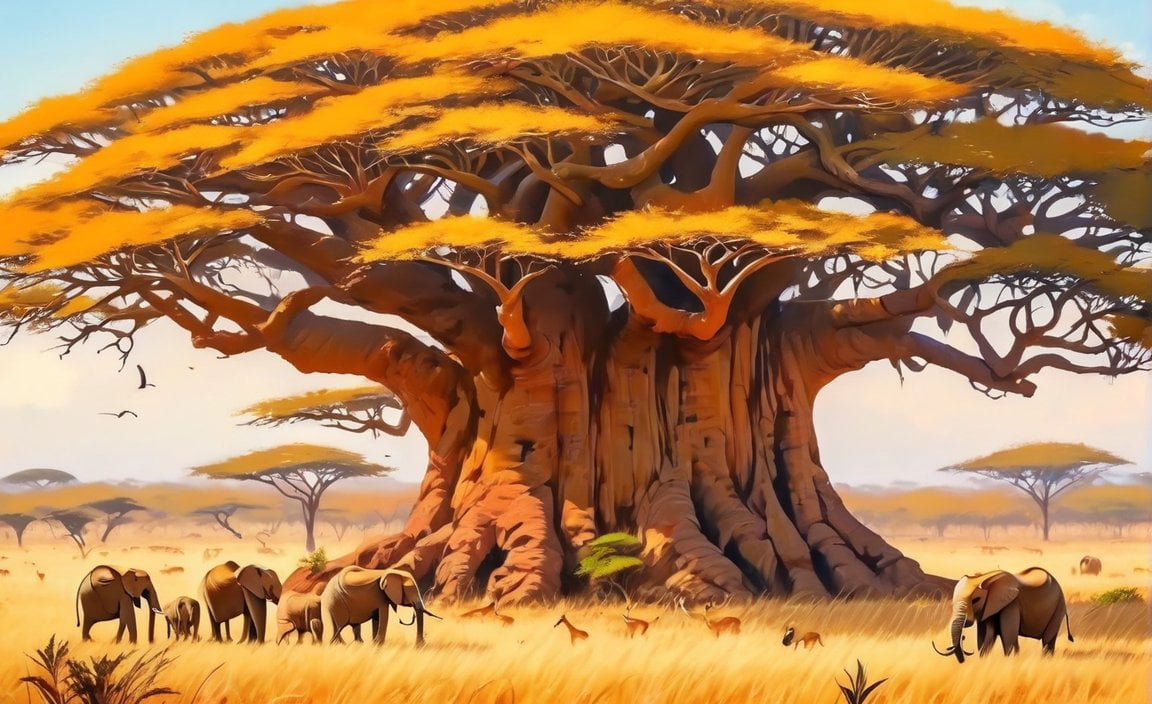
The African savanna is home to a diverse range of wildlife, including several endangered species that are in need of our attention and protection. In this article, we will explore some fascinating facts about these endangered animals and the importance of preserving their habitats.
1. Endangered black rhinos:
The majestic black rhino, once widely spread across Africa, is now critically endangered. With only a few individuals left, this magnificent species is facing extinction. The African savanna provides crucial habitat for these rhinos, and preserving their environment is of utmost importance for their survival.
2. The dwindling population of Grevy’s zebras:
Grevy’s zebras, known for their unique and striking appearance, are on the brink of extinction. With less than 2,000 individuals remaining in the African savanna, urgent conservation efforts are needed to protect these fascinating creatures and ensure their survival for future generations.
3. African elephants at risk:
The African savanna is home to the iconic African elephant, which is also considered endangered. As the largest land animals on Earth, these magnificent creatures play a vital role in maintaining the balance of the ecosystem. Protecting their habitats in the savanna is crucial for their survival and the well-being of other species that rely on them.
4. The endangered African wild dog:
The African wild dog, also known as the Cape hunting dog, is another highly endangered species found in the African savanna. With a population ranging from 2,000 to 5,000 individuals in 2011, these remarkable animals are at risk of extinction. Preserving their natural habitats and implementing conservation strategies are essential to protecting this species.
5. The vulnerable cheetah:
The cheetah, a magnificent big cat found in the African savanna, is classified as endangered. Poaching, habitat loss, and conflicts with human activities have significantly impacted their population. With dedicated conservation efforts, we can help secure a future for these incredible animals in their natural savanna habitats.
Key Takeaways:
- The African savanna is home to several endangered species, including black rhinos, Grevy’s zebras, African elephants, African wild dogs, and cheetahs.
- Urgent conservation efforts are needed to protect these species and preserve their natural habitats in the African savanna.
- Maintaining a balanced ecosystem is crucial for the survival of these endangered animals and the overall health of the region.
- Collaboration between local communities, organizations, and governments is essential in implementing effective conservation strategies and securing a future for these at-risk species in the savanna.
Sources:
– Sciencing: Endangered Species in the African Savanna
– USA Today: Endangered Plants & Animals of the African Savanna
Facts about the African Savanna 5: The danger of farming and overgrazing
The African savanna is a stunning and diverse ecosystem, teeming with life and natural wonders. However, the delicate balance of this habitat is threatened by the dangers of farming and overgrazing. Let’s explore some fascinating facts about how these activities impact the African savanna ecosystem:
1. Loss of Habitat
The expansion of agricultural practices and overgrazing by livestock lead to the loss of natural habitat in the African savanna. As more land is converted for farming or used for grazing, the homes and feeding grounds of numerous plants and animals are destroyed.
2. Decreased Biodiversity
Farming and overgrazing disrupt the intricate web of life in the savanna, resulting in decreased biodiversity. The clearing of land for agriculture reduces the presence of diverse plants, diminishing food sources for herbivores and changing the balance of the ecosystem. Moreover, overgrazing can lead to the depletion of grasses, which affects the entire food chain, from grazers to predators.
3. Soil Degradation
Intensive farming and overgrazing contribute to soil degradation in the African savanna. Continuous cultivation and livestock grazing deplete the soil’s nutrients, causing erosion and reducing its fertility. This results in a significant decline in the productivity of the land, making it harder for both natural vegetation and crops to thrive.
4. Water Scarcity
Farming requires extensive water resources, and in the African savanna, water scarcity is already a challenge. Increased agricultural activities can deplete water sources, affecting not only the survival of plants and animals but also the availability of water for local communities.
5. Loss of Wildlife
The danger of farming and overgrazing in the African savanna puts many species at risk. The habitat destruction and decreased food availability threaten the survival of numerous animal species, including those already classified as endangered, such as black rhinos, Grevy’s zebras, African elephants, African wild dogs, and cheetahs. Conservation efforts are crucial for protecting these animals and preserving the delicate balance of the savanna ecosystem.
6. Collaboration for Conservation
To address the dangers of farming and overgrazing, collaboration between local communities, organizations, and governments is essential. Implementing sustainable farming practices, promoting responsible livestock grazing, and creating protected areas are some strategies that can help preserve the African savanna and its biodiversity. By working together, we can ensure a future where this magnificent ecosystem thrives for generations to come.
Key Takeaways:
- Farming and overgrazing in the African savanna lead to habitat loss, decreased biodiversity, soil degradation, water scarcity, and loss of wildlife.
- The delicate balance of the savanna ecosystem is disrupted by these activities, putting numerous species, including endangered ones, at risk.
- Collaboration between various stakeholders is crucial for implementing conservation strategies and ensuring the preservation of the African savanna.
Sources:
- Excursion Safaris – 110 Interesting Facts About The African Savanna
- Lola App – Fascinating Insights: 10 Captivating Facts About the African Savanna
FAQ
Q1: What are some interesting facts about the plants on the African savanna?
A1: The African savanna is home to diverse plant species including Okra, Thorny trees, River bushwillow, and Bermuda grass.
Q2: What are the seasons of the African savanna?
A2: The African savanna experiences different seasons, including a dry season and a wet season.
Q3: Which animals are endangered in the African savanna?
A3: Some endangered animals in the African savanna include the Black Rhino, Grevy’s Zebra, African Elephant, African Wild Dog, and Cheetah.
Q4: What is the danger of farming and overgrazing in the African savanna?
A4: Farming and overgrazing can destroy the savanna ecosystem and have negative effects on species populations and diversity.
Q5: How does illegal hunting impact endangered species in the African savanna?
A5: Illegal hunting puts endangered species at risk, threatening their populations and the overall balance of the savanna ecosystem.
- Amazing March Fun Facts: Unveiling History & Celebrations - April 15, 2025
- Master how to write height: A complete guide - April 15, 2025
- How High Are Your Standards Test: Find Your Perfect Match Now - April 15, 2025
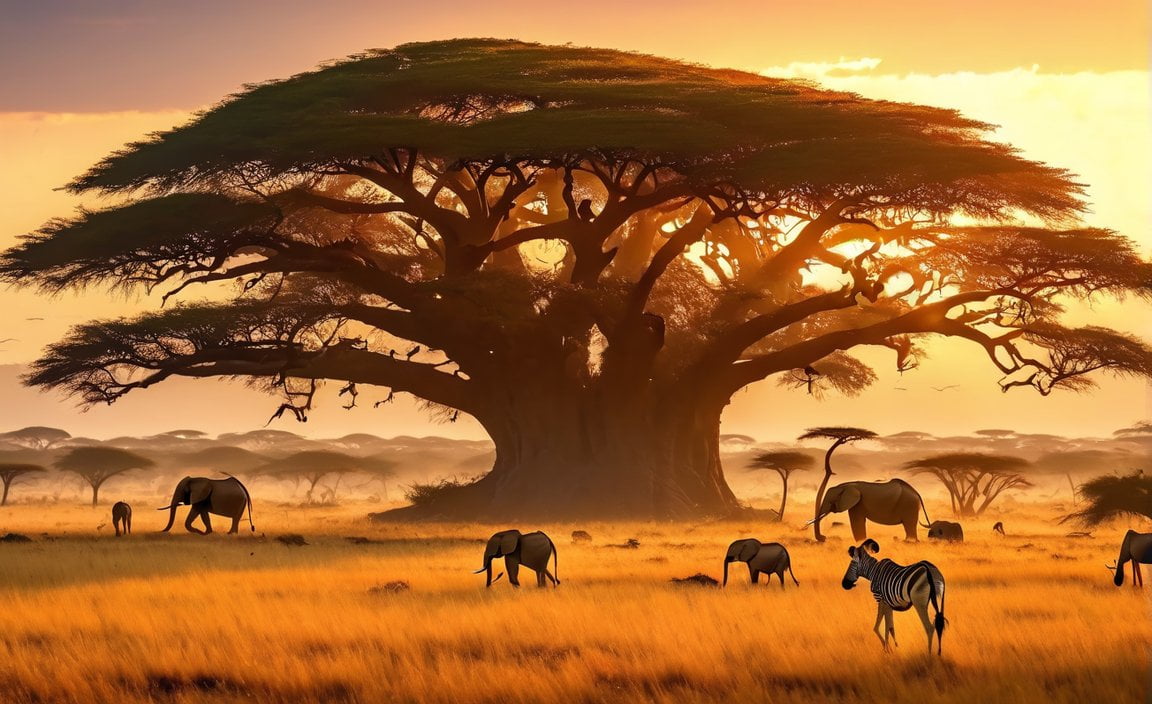
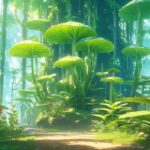
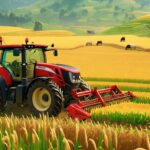
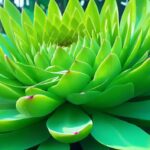
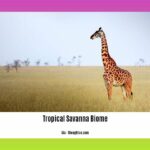
![[Facts About Life on Land]: Unveiling the Wonders of Terrestrial Ecosystems facts-about-life-on-land_2](https://www.lolaapp.com/wp-content/uploads/2023/12/facts-about-life-on-land_2-150x150.jpg)










